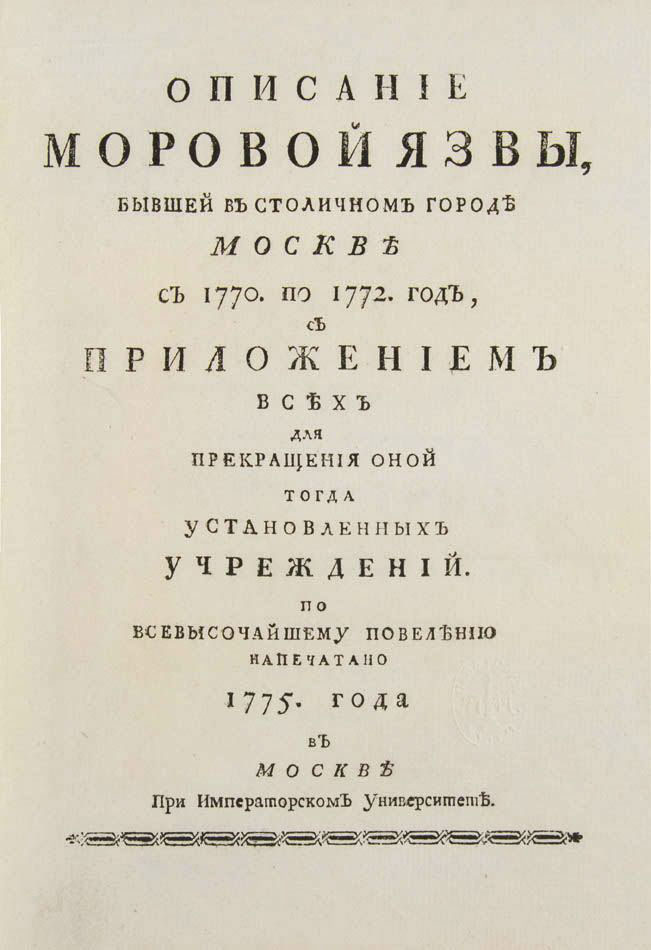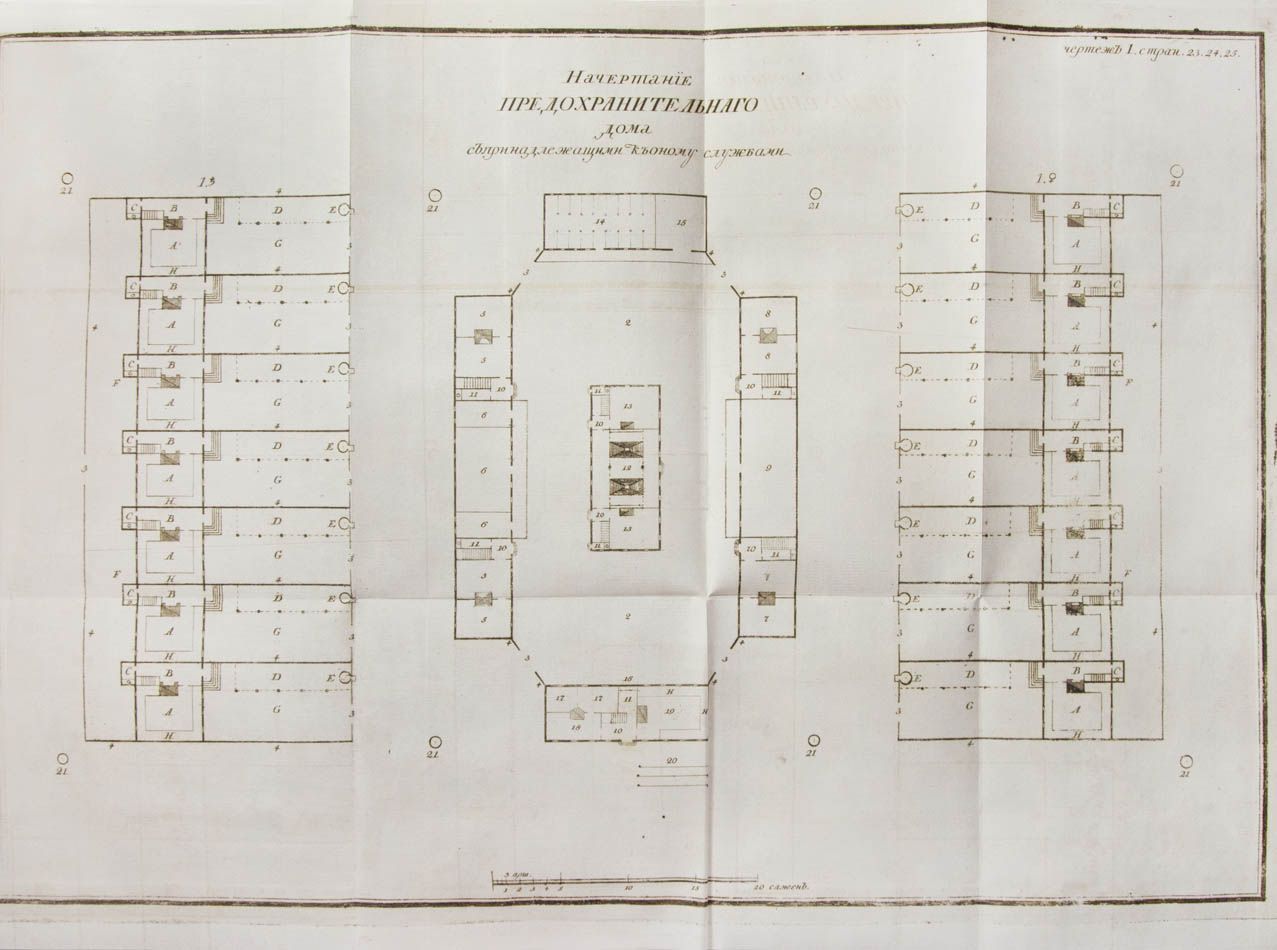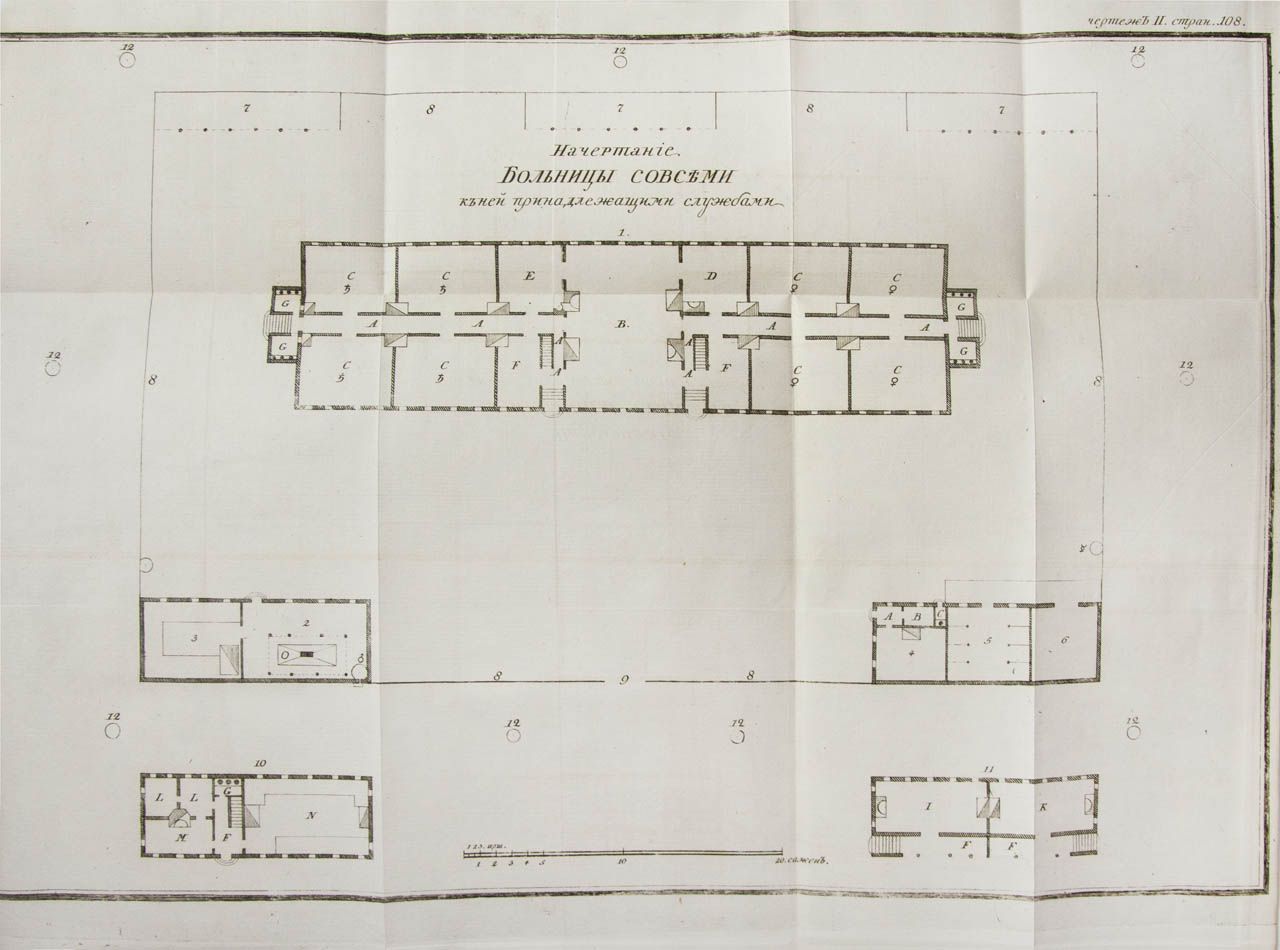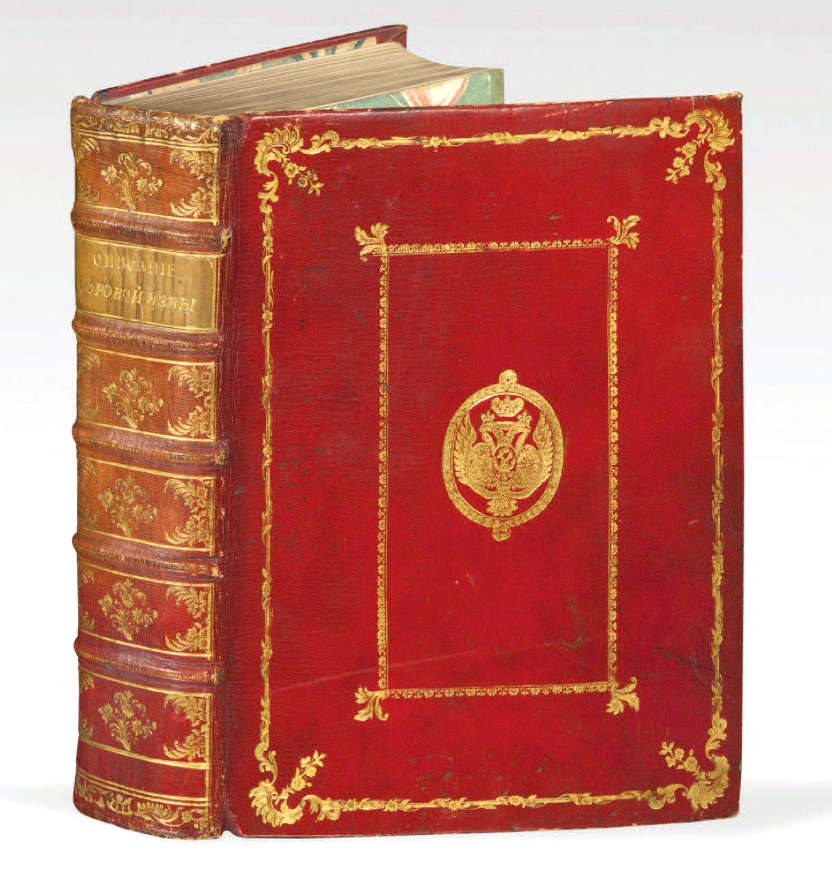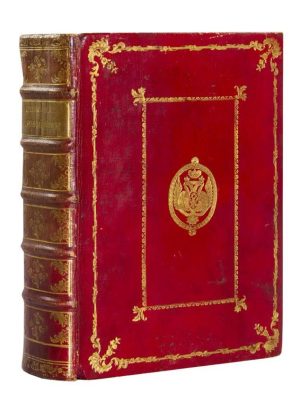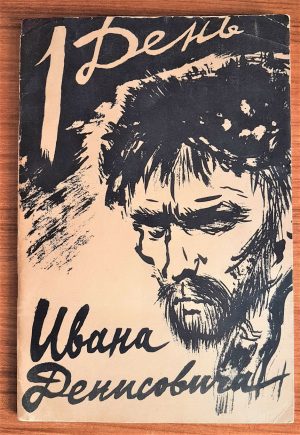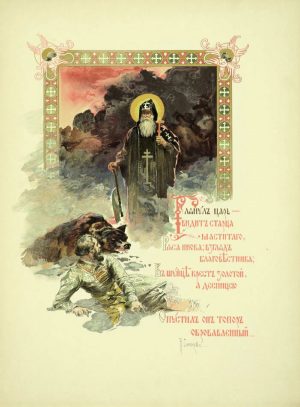Our Notes & References
An exceptional example of this major Russian medical work, the first Russian scientific book on the plague and the main source on the 1770-72 plague in Moscow.
Beautifully fresh and bound in full red morocco, with the gilt arms of Empress Mariia Fedorovna, here in their “Grand-Duchess” variant, which is understandable as Sophie Dorothea of Württemberg married Grand Duke Paul in 1776, just a year after the publication of Shafonskii’s work.
Very rare: we could trace only one copy in public institutions outside Russia (the Yudin copy in the Library of Congress); not in the Wellcome nor the NLM. No copy at auction outside Russia. We could trace 4 copies in Russian libraries (RSL, Pres. Library and 2 in the NLR).
An important work on disease control and prevention
Shafonskii was at the heart of the bubonic plague outbreak in Moscow in 1770 and instrumental in its suppression. Originating in the army, the plague spread to a military hospital in Moscow where 27 patients fell ill and only 5 survived. Shafonskii was the first to recognise it as the plague and quickly warned his colleagues, many of whom dismissed him as causing unnecessary panic. Rinder, a German doctor who was in charge of public health for Moscow chose to ignore him and continued to do so until 1771 when he died of the disease himself.
At the epidemic’s peak a thousand Muscovites were dying a day and the Governor, Petr Saltykov along with three quarters of the population fled to the Strict regulations were brought in with shops, taverns, factories and even churches being forced to close. People were stripped of their livelihoods and infected houses were burnt down. Cases were rising and so was public frustration, with many people being suspicious of the reasons behind emergency measures. When Archbishop Ambrose removed an icon for hygiene reasons a mob descended and murdered him, brandishing him an ‘enemy of the people’.
Catherine the Great was hesitant to publicly acknowledge the outbreak but as the situation deteriorated she sent her lover Grigorii Orlov to restore order (either because she trusted him or wanted to get rid of him). Orlov, who worked closely with Shafonskii increased the use of quarantines, travel restrictions and ‘social distancing’ measures. 18th century PPE including mittens and masks were required to be worn and long poles were used when burying the dead. Bank notes were soaked in vinegar before being handed over to tradesmen and cemeteries were moved outside of the city walls.
To encourage people to go to hospitals if they fell ill, financial incentives and clothes were handed out by the authorities. A sizeable figure of 10 roubles was offered to married couples who voluntarily admitted themselves. This did, however, cause many to lie about whether they had any symptoms. The state rewarded doctors with a bonus and looked after every homeless person on the streets. A strict 6 week quarantine in special houses was upheld before anyone could travel to Petersburg and compliance with medical regulations was mandatory. These sustained efforts meant a return to normal life was possible and Shafonskii was able to write this work and advise how best to avoid another outbreak. Medical interest in the epidemic was piqued in Western Europe with An account of plague which raged in Moscow 1771 being published in 1798 in Latin by Belgian physician Charles de Mertens; an English translation was released in 1799.
Shafonskii argued that precautions must be taken to ensure such a scenario did not happen again. These included quarantining troops upon their return from foreign campaigns, regulating trade routes from Europe and Turkey into Russia, increased sanitation of hospitals and factories and forceful punishment of those not adhering to the rules (including those digging up dead bodies). The plague of 1770-1772 had shown that intense organisation of state establishments and medical committees was needed to combat the outbreak and quell the threat of public disorder. With the stringent rules in place the outbreak was relatively short, aided also by the freezing winter temperatures killing off bacteria.
Shafonskii’s thick work, illustrated and containing valuable contemporary documents, was preceded in Russia only by two books on the plague: one published in 1656 by Patriarch Nikon considering the religious aspect of the pandemic, and a small volume published in the waked of the Moscow plague, in 1772, a translation from the German of Richard Mead’s 1720 A Short Discourse Concerning Pestilential Contagion (also known as Discourse on the plague).
Provenance
Empress Mariia Fedorovna’s library in Pavlovsk palace (arms to binding, library label for Pavlovsk Palace, blind stamp for Pavlovsk Museum to title-page).
Bibliography
Berezin II-198 (“redka”); Bitovt 1841; Smirdin 4798; Svod. Kat. 8222 (illustrated).
Physical Description
Thick 4to. [8], viii, [8], 652, [3] pp., with two large folding plans.
Binding
Contemporary red morocco with floral gilt borders and imperial coat of arms to covers, spine in six parts with raised bands, gilt tooling, title to second panel, all edges gilt, marbled endpapers.
Condition
Binding a bit rubbed, minor loss of leather to lower cover, otherwise an excellent example, with pages fresh and crisp.


